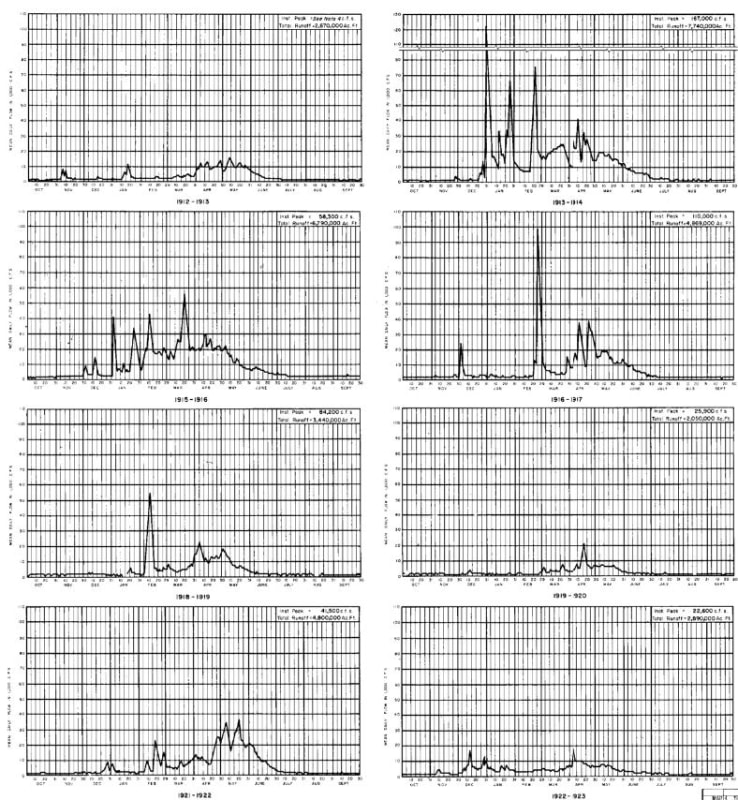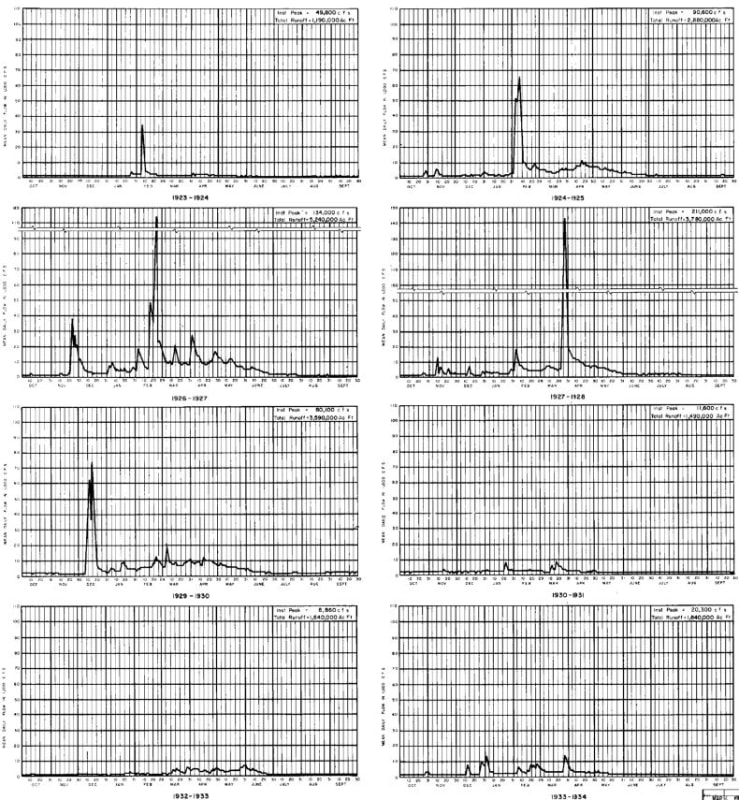Of course there were some unintended consequences that resulted from the California State Water Project and the aqueduct system that brought water to Los Angeles and the rest of Southern California. Note that while rice had always been grown up in the Sacramento River delta region, even before many of the dams and reservoirs were built, the rest of the Central Valley depended on farming that required less water. However, the aqueduct system changed all of that since the system was basically being paid for, including the cost of the water itself, by the people and industries in the Southern end of the state, and so the big agribusiness that sprung-up in the Central Valley took full advantage of what for them was basically 'free water'. Suddenly they could grow anything wanted and since water was not an issue, the were no longer limited to water-friendly crops. BTW, do you know how many gallons of water it takes to grow a single Almond? The first time I ever drove up the Central Valley, in 1980, when you came down off the Grapevine, as far as the eye could see was fields of Cotton, one of the least water-friendly crops one could grow, but since the water was virtually free, why not. Cotton earned you a lot of money per acre.
Of course, when the droughts stared to really hit the state, they started to make noise about getting EVERYONE in the state, including farmers, to actually pay for the water that they used. Note that it was only about 15 or 20 years ago that people living in the Sacramento area even had water meters at their homes and businesses. They were simply charged a flat rate depending on the size of the property or the type of business one was running. There was NO incentive to conserve. But those of us in SoCal had to stop washing our cars or watering our yards, and trust me, we had always had water meters and we paid penalties when we went over our 'allotment'. In fact, one year they were fining people $500/day if they failed to turn-off their sprinklers for at least three days after a rainfall.
Of course, when the big agribusinesses got word that they were going to have to actually pay for the water that they were using, you'd of thought that we'd been invaded by Communists, which was strange since it was the farmers who had been enjoying what was basically 'socialism' for all those years. And of course, it didn't help when someone who was running for President in 2016 came to the state and promised the poor farmers (actually the big agribusinesses) that is elected, he would make sure that water would continue to flow and that he would declare the drought over and put things back the way they were before the 'liberals' stole all of THEIR water.
John R. Baker, P.E. (ret)
EX-'Product Evangelist'
Irvine, CA
Siemens PLM:
UG/NX Museum:
The secret of life is not finding someone to live with
It's finding someone you can't live without




